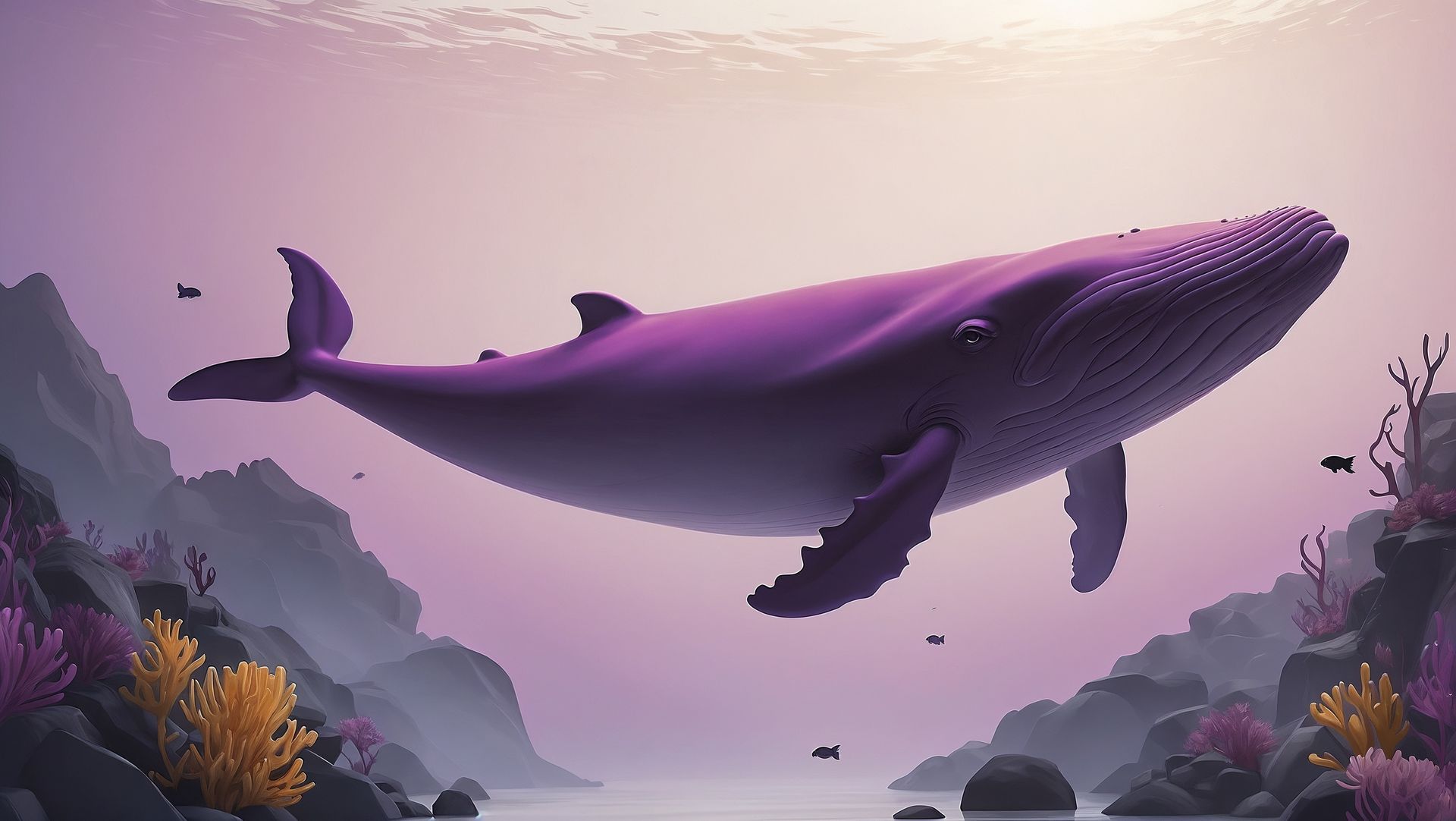Venture Analytics
How Data is Shaping Startup Success Stories
Introduction
In the fast-paced world of startups, success hinges on more than just a brilliant idea. Data analytics has emerged as a critical tool that can drive startups towards growth and sustainability. At Insightera, we delve deep into the realm of venture analytics to uncover how data is reshaping the narrative of startup success stories.
The Power of Data in Startups
1. Understanding the Market
Data analytics provides startups with the ability to understand market trends and consumer behavior. By analyzing data from various sources such as social media, market reports, and customer feedback, startups can identify emerging trends, predict market shifts, and tailor their products or services accordingly.
2. Optimizing Operations
Efficiency is key for startups. Data analytics helps in streamlining operations by identifying bottlenecks and inefficiencies. Through the analysis of operational data, startups can optimize their processes, reduce costs, and improve overall productivity.
3. Enhancing Customer Experience
Customer satisfaction is paramount. Data analytics allows startups to gain insights into customer preferences and behaviors. By leveraging this data, startups can personalize their offerings, improve customer service, and foster loyalty, leading to long-term success.
4. Driving Innovation
Innovation is the lifeblood of startups. Data analytics fuels innovation by providing insights into areas that require improvement and identifying opportunities for new product development. Startups can stay ahead of the competition by continually adapting and evolving based on data-driven insights.
How Insightera Can Help
At Insightera we specialize in helping startups harness the power of data analytics. Our services include:
1. Data Strategy Development
We work with startups to develop a comprehensive data strategy that aligns with their business goals. Our experts help identify key data sources, establish data collection processes, and create a roadmap for leveraging data analytics.
2. Advanced Analytics
Our team of data scientists and analysts utilize advanced analytics techniques to uncover actionable insights. From predictive analytics to machine learning, we employ cutting-edge tools to help startups make data-driven decisions.
3. Customized Solutions
We understand that every startup is unique. We offer customized solutions tailored to the specific needs and challenges of each startup. Whether it's optimizing marketing campaigns or improving operational efficiency, we provide solutions that drive results.
4. Training and Support
We believe in empowering startups with the knowledge and skills needed to leverage data analytics effectively. We offer training programs and ongoing support to ensure that startups can continue to utilize data analytics for sustained growth.
Conclusion
Data analytics is revolutionizing the startup ecosystem. By leveraging data, startups can gain a competitive edge, drive innovation, and achieve long-term success. At Insightera, we are committed to helping startups unlock the full potential of data analytics. Contact us today to learn how we can support your journey towards success.



